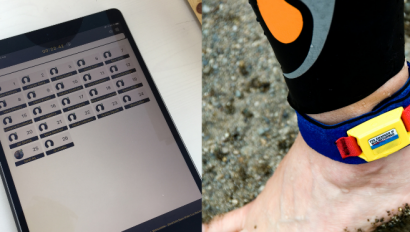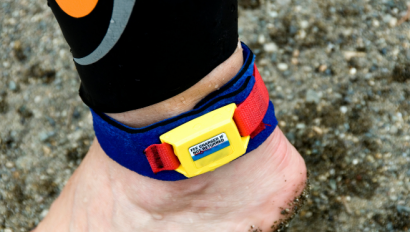The Difference Between Locked and Unlocked Chip Timing Systems

When we talk about chips, or RFID timing for races, you might have heard of locked systems or incompatibility between components. In this article we explain what to look out for and go through the difference between locked and unlocked systems.
How does an RFID timing system work?
Essentially there are 3 components to all systems. There are the tags (also known as chips) that receive and transmit electromagnetic signals between antennas or mats, which in turn communicate with readers that decode the signals to readable data that’s then sent to the timing software.
You can read more about how RFID systems work here.
Locked RFID Timing Systems
When a manufacturer creates a system they can choose whether to ‘lock’ the signals between the tags, antennas and decoders such that they only work together. Therefore, a race organizer must purchase and use the same type of equipment from the same manufacturer if they are to use a locked system.
Unlocked or Open RFID Timing Systems
An unlocked system can be mixed and matched to suit the organizer’s (often existing) hardware. This means that you don’t need to throw-away and upgrade all the components in a system all at once – you can refresh the tags, then later upgrade the antennas or purchase new decoders. Unlocked systems are obviously more popular with organizers that don’t have the revenue to upgrade all at once – or those that inherit one type of tag from one race, and one type of antenna from another.
Summary – Locked and Unlocked Chip Timing Systems
Always be aware of the type of system you are looking at using – can it be used in conjunction with other manufacturers hardware? Is it open and unlocked, or is it locked?
For a comparison of Timing Systems – see this article which includes a downloadable comparison spreadsheet.


